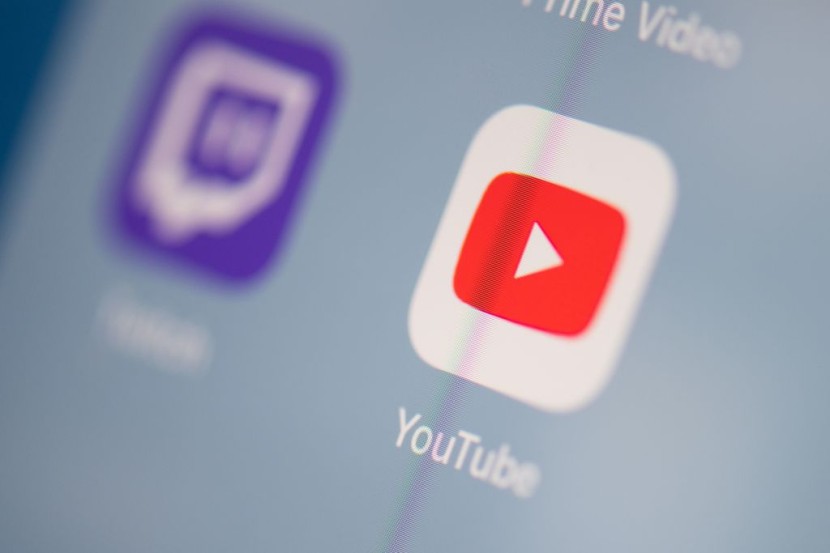YouTube now prioritizes credible first-aid explanation videos when users search for instructions on what to do during a life-threatening situation. This is the company's way to actively combat medical misinformation, particularly with the rapid dissemination of emergency first-aid guidelines.
Compilation of Emergency First-Aid Videos
First Aid Information Shelves is a new product that the firm unveiled on Wednesday, January 10. It is a collection of videos that provide detailed instructions on how to respond to a drug overdose, heart attack, or other potentially fatal incident.
Accredited health institutions' videos, like Mass General Brigham's, will be prominently displayed at the top of relevant search results, making them easier to find. Cardiopulmonary resuscitation (CPR), seizures, choking, bleeding, and psychosis are among the 12 subjects that American YouTube users may find on the platform. Many of them last just a minute or two.
In an interview with CNBC, YouTube's global director of health care and public health, Garth Graham, said that the company's main focus is on making information as easy to share as possible. According to Graham, in an emergency, individuals should never hesitate to contact emergency services.
Graham added that YouTube, which is owned by Google, would not generate money from the videos since they will not have adverts.
The production of the material was handled by professionals, said Graham, and YouTube had no involvement with it. Along with Mass General Brigham, other health groups, including the American Heart Association and the Mexican Red Cross, have collaborated with YouTube to produce the videos.

Fight Against False Medical Information
YouTube has long struggled with content moderation, which involves removing videos that are determined to be in breach of the company's policies. Both time and money are usually wasted in the process. During the COVID-19 pandemic, the continual dissemination of false messages on the efficacy of vaccines and masks worsened the issue of medical misinformation.
More than a year after the pandemic began, in July 2021, YouTube announced plans to identify videos and highlight reliable sources in response to criticism for its involvement in spreading misinformation. More than 130,000 videos were deleted in September of that year for breaking the company's Covid regulations, and some prominent anti-vaxxer accounts were blacklisted.
There is still a lot of disinformation floating around about health, even if the pandemic has passed. According to a study published in the Journal of Clinical Sleep Medicine, researchers have discovered that popular YouTube videos about sleep and insomnia include misinformation and commercial bias.
In August 2023, YouTube unveiled a new medical disinformation strategy, detailing how the platform would eliminate videos that go against official health recommendations on topics including reproductive health, cancer, and COVID-19.








